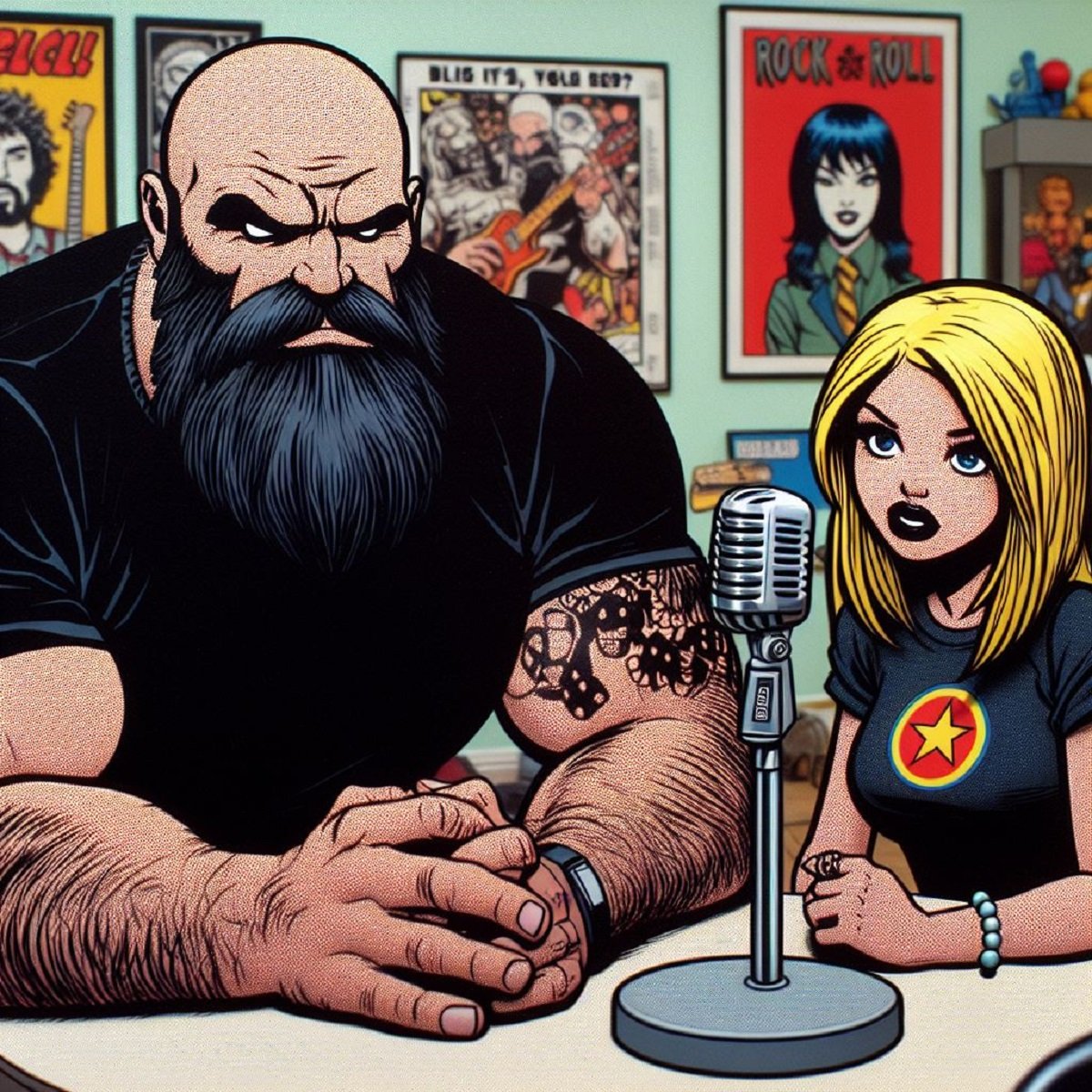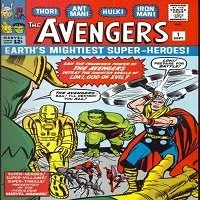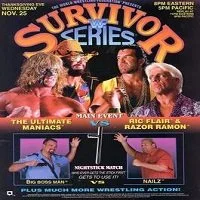Pixel Logic Videogame History: The Crash of 1983
By: Juan Nunez (Twitter)
It's July 1983. Investment analysts are getting ready for Atari to announce its quarterly financial report. The videogame industry leader is now a publicly traded company and a subsidiary of Warner Media. The rumors going around aren't good leading up to the announcement. The Christmas 1982 sales were disappointing, and Atari did not meet Warner's sales projections. In May 1983, Warner warned the public that a "substantial loss" was on the way. How bad could it be? $50 million? $100 million? Atari was still the industry leader in videogames and sold millions of copies of games. After years of growth, maybe the industry was going through a natural downturn? The reality was far worse than anyone could have imagined. Atari lost $310 million in Q2 of 1983 alone. By 1985, a company that brought in $3.2 billion in revenue during its peak year would barely bring in $100 million in revenue. The videogame crash of 1983 was here, and the videogame industry's death was on the horizon.
At the core of the 1983 videogame crash are a series of flawed business strategies based on what made the industry successful in the first place. The videogame business was built on a series of assumptions and a focus on profitability instead of sustainability. For example, Space Invaders was a smash hit for the Atari 2600. It sold so well that it led to a 4x increase in the home console sales. According to Atari and Warner, if they could do that once, they could do it again, right? Pac-Man became a huge pop culture phenomenon in Arcades in late 1980. There was a Hanna-Barbera cartoon based on Pac-Man. The song Pac-Man Fever went to number 9 on the pop charts. Surely a home console port of Pac-Man would be huge for Atari, right? It was. Despite it being a terrible version of the game, the Atari 2600 port of Pac-Man sold 9 million copies. The problem is that Atari manufactured 12 million copies. More copies of the game than there were Atari 2600 consoles to play the games on. The idea was that Pac-Man was going to be such a hit that it would again increase the sales of Atari 2600 consoles, but it didn't.
A similar situation happened with the E.T., The Extra-Terrestrial videogame for the Atari 2600. The game was technically a hit, but there were so many unsold copies that large amounts of the produced games had to be disposed of. You literally couldn't give them away. For years, there was an urban legend about a landfill in the desert somewhere in New Mexico housing millions of unsold E.T. 2600 cartridges. It turns out that the urban legend was accurate and the games were dug up a few years ago:
By 1982, the Atari 2600 hardware was ancient. It was designed in 1976 and released in 1977. At the time, hardware was evolving at an incredible pace. Arcades were pushing the boundaries of what that hardware was capable of with highly innovative experiences. Atari and several other electronic and toy giants were all aware of this. They all had the same idea: let's release new videogame consoles in 1982 with graphics that are closer to the Arcade experience. Mattel released the Intellivision, Coleco released ColecoVision, Emerson released Arcadia 2001, Milton Bradley released the Vectrex, and Atari released the 5200, all within months of each other. They all wanted a big 1982 Christmas season and a big 1983. They were all failures. All of them were dead by 1984 or 1985—the lost generation of Videogame consoles.
A big reason why all the follow-up consoles failed and another fatal flaw in the videogame industry was an oversaturation of games. Like Pong Clone consoles that flooded the market in the first videogame crash of 1977, countless companies were releasing videogames in the early 1980s. You didn't need permission from the console makers to release a game on a console.
Activision was the best know 3rd party developer of videogames for the 2600. They were founded by former Atari employees that were unhappy with not getting credit for their work. Activision prided itself on releasing high-quality games that are still well regarded 40 years later, such as Pitfall! and Kaboom! Most companies releasing games were not like Activision. In fact, some companies weren't videogame companies at all. For example, Pepsi released a Space-Invaders clone as a promotional tool. In and of itself, this wasn't a bad thing. Pepsi didn't release that many copies of their game, but when you have hundreds of different companies releasing low-quality games, it adds up and devalues videogames in general.
This was still the era when most games didn't have unique branding. You went into your local Sears looking for a new game. You saw hundreds of generic titles across six or seven different consoles. You had no way of knowing what was good and what was terrible. This slowed down sales, which caused stores to slashed prices as games lost their value, which caused most of these video game developers to shut down when the industry crashed. That's why you could find a bunch of random Atari videogames on sale in bargain bins well into the 1990s.
To really drive the point home, let me point to Journey Escape. An Atari 2600 game based on the band Journey. Whatever you think this game is, I promise you the actual game is worse.
The home videogame console industry entered the mid-1980's with everyone involved in the market either going out of business or bleeding money fast. The products were so devalued that you couldn't give them away. There was an entire generation of new failed consoles that weren't going to save the day. It looked like the idea of a home videogame console was going to fade away. It was possibly going to be replaced by the small but growing field of Home Computers, such as the Apple Macintosh, released in January 1984. This point in time marked a significant shift. Never again would the home console market be dominated by American companies like Atari, Coleco, and Mattel. Instead, the entire Home Console scene would be saved and reshaped by a certain company from Japan.
If you found this article interesting consider becoming a Patreon supporter. That is how When It Was Cool keeps our website and podcasts online, plus you get lots of bonus content including extra and extended podcasts, articles, digital comics, ebooks, and much more. Check out our Patreon Page to see what's up!
If you don't want to use Patreon but still want to support When It Was Cool then how about a one time $5 PayPal donation? Thank you!


























